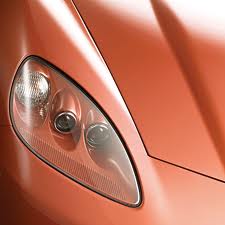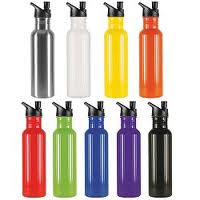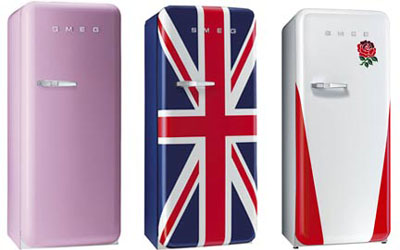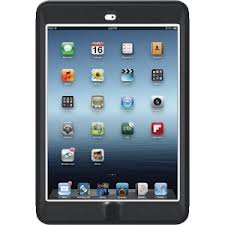Polycarbonate (PC)
PC is a high performance, sustainable and eco-efficient material used in a large variety of everyday applications. It has a unique combination of properties, offering clarity, durability, safety, versatility, as well as heat and shatter resistance. Products made from polycarbonate include sheets for roofing and glazing, optical media, IT-parts, spectacle lenses, medical devices, leisure articles and food contact materials. These products contribute substantially to the safety and well-being of consumers.
- History
- Properties
- Applications
- Processes
- Recycling
- Faq
History
In 1953, polycarbonate was discovered independently by Dr. H. Schnell of Bayer AG, Germany and by D. W. Fox of General Electric Company, USA. It has been used in commercial applications since the late 50's.
Polycarbonate was initially used for electrical and electronic applications such as distributor and fuse boxes, displays and plug connections and glazing for greenhouses and public buildings. Soon polycarbonate’s outstanding combination of beneficial characteristics made it the material of choice for many other applications.
In 1982, the first audio-CD was introduced to the market, quickly replacing audio tapes. Within 10 years optical media technology included CD-ROMs. Five years later the first DVDs were released and were quickly followed by Bluray technology. All these optical data storage systems depend on polycarbonate.
Since the mid 1980´s, 18 litre water bottles made of polycarbonate and placed on water coolers have increasingly replaced heavy and fragile glass bottles. These light-weight and shatter resistant bottles can now be found in many public buildings and offices.
Already used in the USA since the end of the 1980´s, automotive headlamps made of polycarbonate became authorised in Europe in 1992. Twenty years later, most European cars are equipped with polycarbonate headlamps.
Properties
Polycarbonate enables the manufacture of technical high performance products in sophisticated forms and sizes. It improves quality of life and enhances safety and convenience for users and consumers all around the world.
Its main benefits include:
- High durability
Polycarbonate plastic is an extremely durable material. This makes it the material of choice where long product life and reliable performance are critical. - Shatter resistance
Polycarbonate is virtually unbreakable. Through its high impact resistance, it provides greater safety and comfort for applications where reliability and high performance are essential. - Transparency
Polycarbonate is an extremely clear plastic that offers excellent visibility and transmits light better than alternative materials. - Lightweight
Polycarbonate’s light weight allows for architectural and design creativity. This leads to increased resource efficiency and reduced financial and environmental costs for transportation. - Thermostability
Polycarbonate plastic provides excellent heat resistance, which facilitates good hygiene conditions when cleaning at higher temperatures. - Innovative potential
The performance of polycarbonate is being constantly improved. Through technical and scientific innovation, new applications and product benefits are being offered, which enable market sectors to develop, providing consumers with additional services and benefits.
Applications
These characteristics make polycarbonate suitable for many applications, including:
Automotive
Polycarbonate moulded mirror housings, tail lights, turn signals, back-up lights, fog lights, and headlamps all contribute to a vehicle’s unique style.
Packaging
Polycarbonate bottles, containers and tableware can withstand extreme stress during use and cleaning, including sterilisation. They can be used to serve, freeze and reheat food in the microwave making them time and energy savers. Shatterproof and virtually unbreakable, polycarbonate is a safer alternative to glass. 
Appliances & Consumer Goods
Polycarbonate’s moulding flexibility styling and colouring possibilities make it perfect for use in electric kettles, fridges, food mixers, electrical shavers and hairdryers, while fulfilling all safety requirements such as heat resistance and electrical insulation. 
Electrical & Electronics
Polycarbonate’s light weight and impact- and shatter-resistant qualities make it perfect for housing cell phones, computers, fax machines, and pagers while at the same time withstanding the bangs, scratches and accidental drops of everyday use.

Processes
Polycarbonate is transformed from prills or pellets into the desired shape for its intended application by melting the polycarbonate and forcing it under pressure into a mould or die to give it the desired shape depending on the application. This process is repeated thousands and thousands of times for a given part, such as a cell phone housing. The part is generally then shipped to a manufacturer who assembles the final product. There are two dominant processes involved in making products from polycarbonate:
Extrusion:
The polymer melt is continuously pressed through an orifice called a "die", which gives the molten polymer its final shape. After passing through the die the melt cools rapidly and solidifies hence maintaining the given shape. This process makes it possible to create infinitely long pipes, profiles or sheets.
Injection moulding:
The hot polymer melt is pressed into a mould. The mould is then cooled, and the hot polymer solidifies taking on all the characteristics of the mould. This process is used to make single end products, such as housings, plates, bottles and many other applications
Superior processability combined with excellent mechanical and physical properties makes polycarbonate an outstanding engineering plastic, and the material of choice for many high quality, durable applications. This combination of characteristics also allows designers broad design freedom.
Recycling
PC applications are 100% recyclable, either mechanically or as feedstock, and energy from waste can be recovered at incineration plants. The most appropriate recovery options depend on numerous conditions. These include local legislation, plastics part design, access to sorting facilities and regional logistics and recycling costs.
